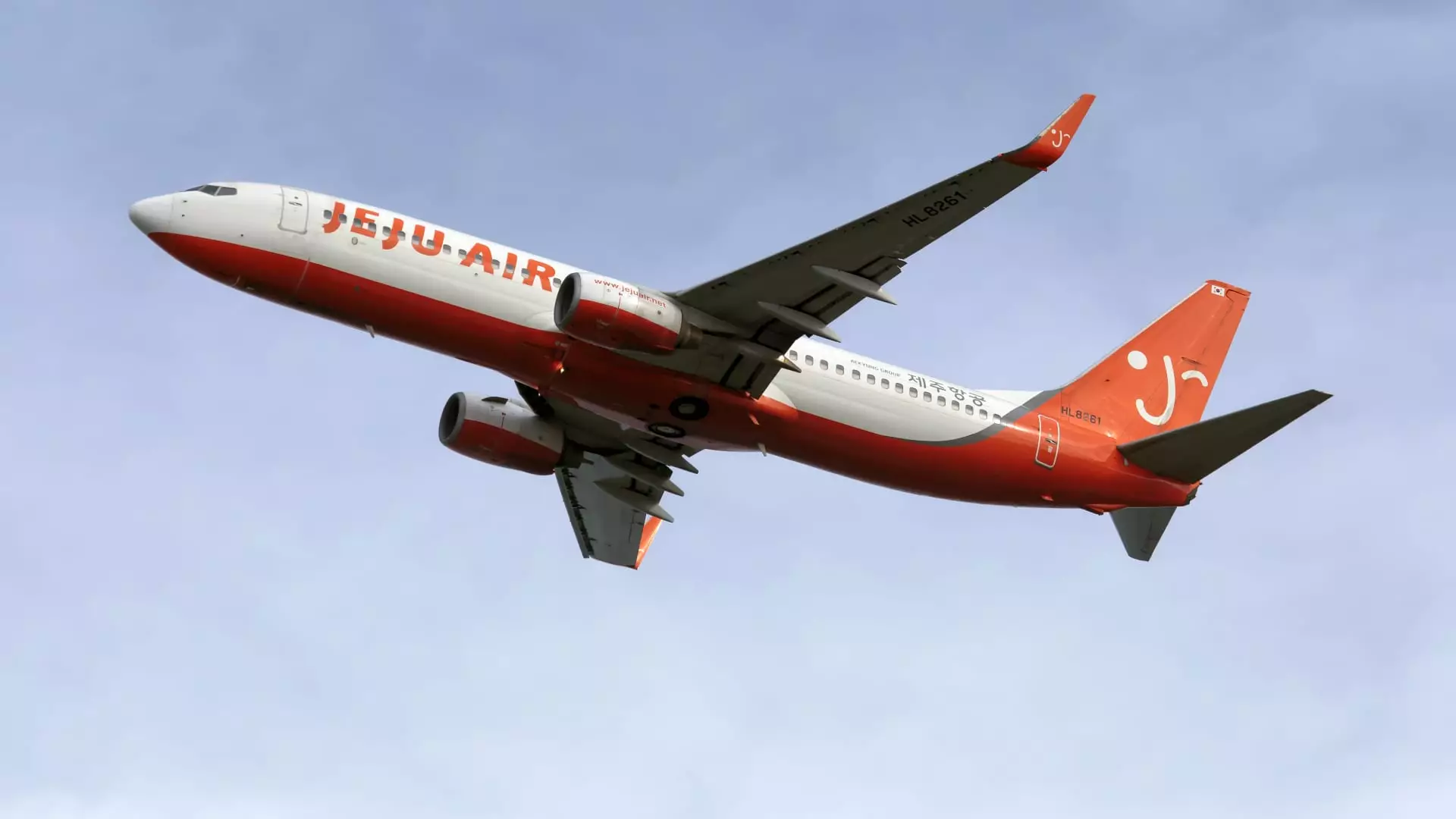On a fateful day at Muan International Airport in South Korea, the aviation world witnessed one of its most tragic events in years. A Jeju Air flight, designated 7C2216, made an emergency landing without its landing gear extended, resulting in a catastrophic blaze that consumed the aircraft and claimed the lives of 179 out of the 181 passengers onboard. This accident, the worst of its kind in the nation in decades, has sent shockwaves through South Korea and the global aviation community. Preliminary investigations are already underway to determine the root cause of this harrowing incident, leaving authorities and experts alike scrambling for answers.
Following the disaster, Choi Sang-mok, the acting president of South Korea, initiated immediate emergency measures. An inspection of the nation’s fleet of Boeing 737-800 aircraft was ordered, the model involved in this devastating incident. The Boeing 737-800 has historically boasted a commendable safety record, distinguishing itself among commercial airlines. However, the ongoing investigation has put the safety and reliability of this aircraft model under a microscope, further amplified by a recent tumultuous history after the Boeing 737 Max was grounded following two fatal accidents that resulted in hundreds of lives lost.
The sheer number of Boeing 737-800s—about 4,400 in operation worldwide—raises critical questions about the systemic implications this disaster may have on air travel. Notably, this model represents about 17% of the global commercial passenger jet fleet. Given its extensive use, the outcome of the investigations could potentially lead to regulatory changes that impact air travel safety standards worldwide.
The aircraft involved in this calamity was approximately 15 years old, having been previously operated by European budget airline Ryanair before its acquisition by Jeju Air in 2017. While the average lifespan of commercial aircraft typically spans 20-30 years, age can contribute to mechanical wear that might have facilitated such a catastrophic failure. However, Richard Aboulafia, an expert in aerospace consulting, suggests that it is improbable the investigation will uncover a fundamental design defect in the long-standing and widely-used Boeing 737-800.
This claim is underscored by the fact that the aircraft’s system is designed to allow pilots to manually deploy landing gear in emergencies—even if a hydraulic failure occurred. The mechanical reliability of the Boeing 737-800 has been established over the years, leading to skepticism regarding a design flaw. This underscores the gravity of understanding the myriad factors that could have led to this extraordinary failure.
Investigators face the daunting task of dissecting numerous theories surrounding this disaster. A notable hypothesis suggests a possible bird strike may have incapacitated the engines during critical ascent phases. Jeff Guzzetti, a former investigator with the U.S. National Transportation Safety Board (NTSB), posits that should a bird strike occur at cruising altitude, the crew may not have had sufficient time to follow emergency procedures.
Furthermore, Guzzetti speculates that despite the unfortunate outcome, the situation could have been less dire if the plane had not collided with a solid barrier at the end of the runway, indicating that sheer luck warranted the survival of a couple of passengers.
International Investigation Protocols
The NTSB has formed a collaborative investigation team that includes representatives from both Boeing and the Federal Aviation Administration (FAA). Given that the aircraft was manufactured in the U.S., the NTSB’s involvement follows international protocols governing aviation accidents. This multifaceted investigation could unfold over more than a year, highlighting the complexities inherent to aviation safety and preventive measures.
As the investigation progresses, not only will the aviation industry be watching closely, but also the families of the victims, who seek closure and understanding of an event that forever altered their lives. This catastrophe serves as a critical reminder of the essential nature of safety in air travel and the importance of maintaining rigorous standards to prevent such tragedies in the future.


Leave a Reply